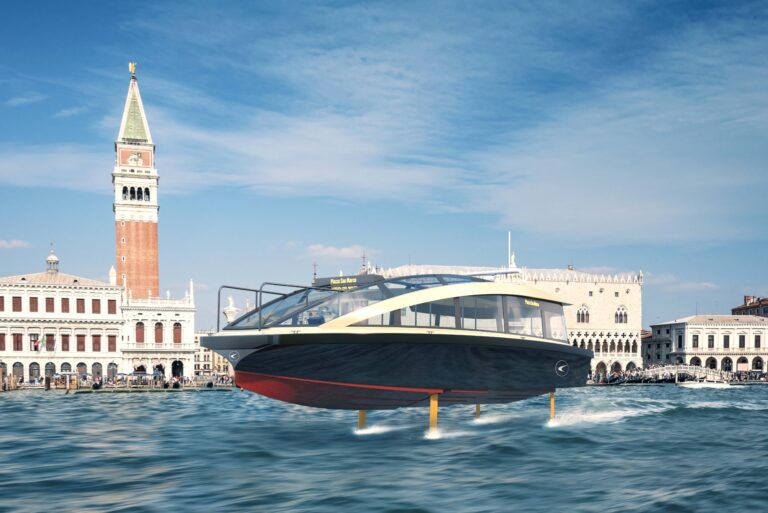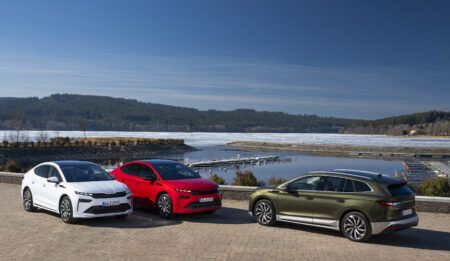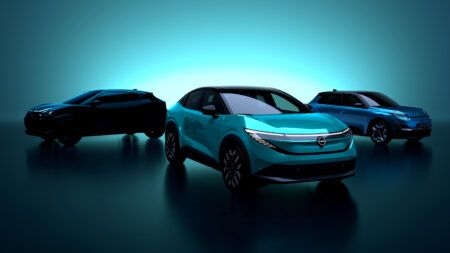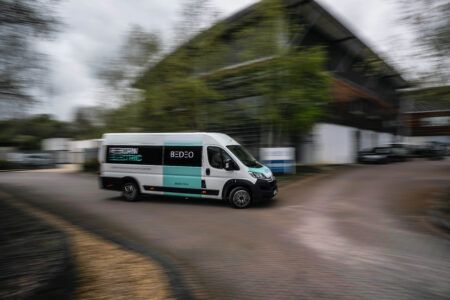Wake damage from thousands of motorboats is slowly eroding the walls of the buildings of Venice, which can lead to building collapse. However, a Swedish-designed electric boat that flies above the water might be the answer to the city’s problems.
Candela’s boats run on hydrofoils, computer-controlled underwater wings, that lift the hull above the water and decrease water friction by 80 percent compared to conventional taxi boats. Using very little energy and traveling silently, Candela’s leisure boat C-7 produces a wake that is less than 5cm high – or about the size of the wake generated by Venice’s traditional rowing boats.
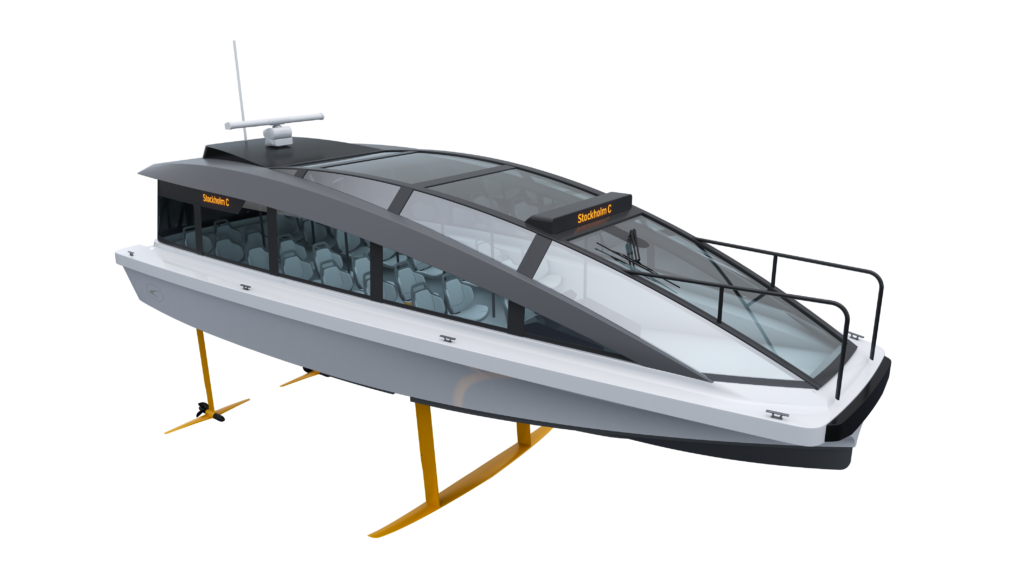
Venice has a unique traffic system where the primary means of transportation are boats. This, however, does not exempt the city from traffic-related noise pollution and congestion. Unique to Venice, though, is ”Moto Ondoso”, wake pollution, which has already caused damage to 60% of the city’s buildings, according to one study.
The greatest culprits are water taxis and tourist boats. As they pass through the narrow canals, they generate wake which washes against canal walls and foundations with great energy, speeding up erosion and eventually leading to building collapse.
Most motorboat engines lack the sophisticated catalytic converters found in cars, and therefore spew out nitrogen oxides and particulate matter. The acid nature of the pollution is thought to be speeding up the erosion of the city’s medieval buildings, which are already sinking into the lagoon – a process hastened by the constant currents caused by the large number of vessels passing through the canals.
“Hydrofoils are the next-generation technology for motorboats. They allow you to go fast on battery power without wake, noise or slamming,” said Erik Eklund, director of public transport at Candela.
The hydrofoils give the C-7 several advantages not found in other boats, be it electric or combustion engine craft.
C-7 can cruise at high speeds for well over 2 hours at a speed of 20 knots, far longer than any other electric boat. The boat flies over choppy waves rather than pounding through them, resulting in superior comfort for its passengers.
Just like a modern airplane, the C-7’s hydrofoils are controlled by computers that adjust the angle of attack continuously. The foil moves 100 times per second to balance the boat, resulting in an artificially stable ride even in strong winds and bigger waves.
Building on its leisure boat technology, Candela is also developing a bigger, passenger boat which is called the P-30. The 30 passenger commuter ship is currently under construction in Stockholm, where it will run in commercial traffic from 2023 and onwards.


